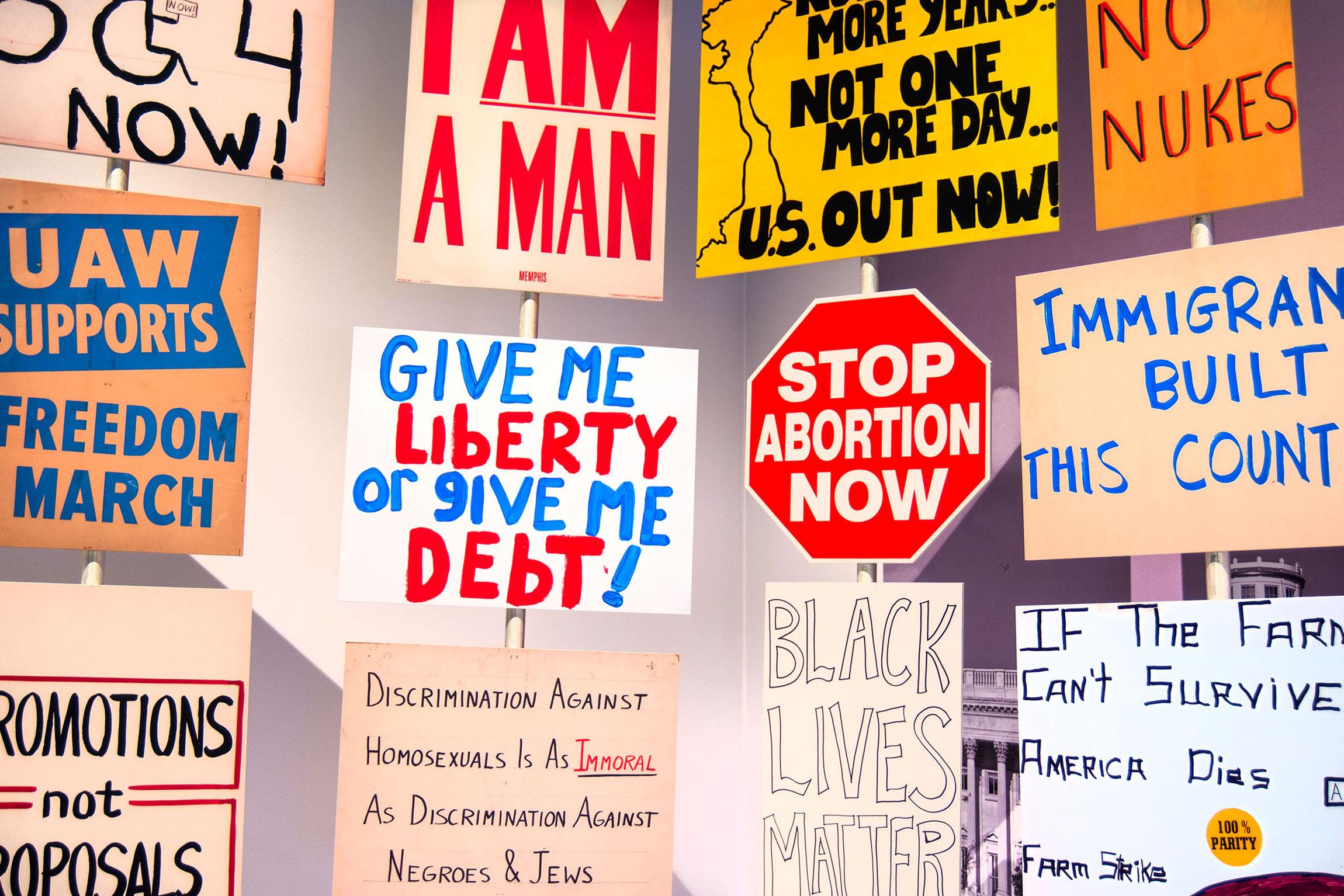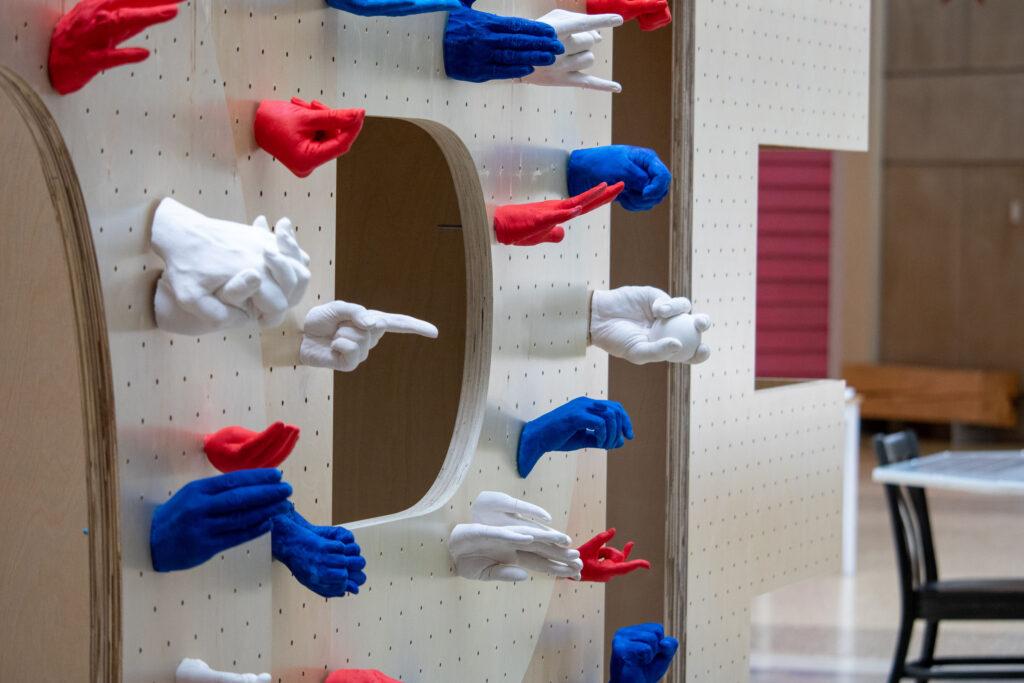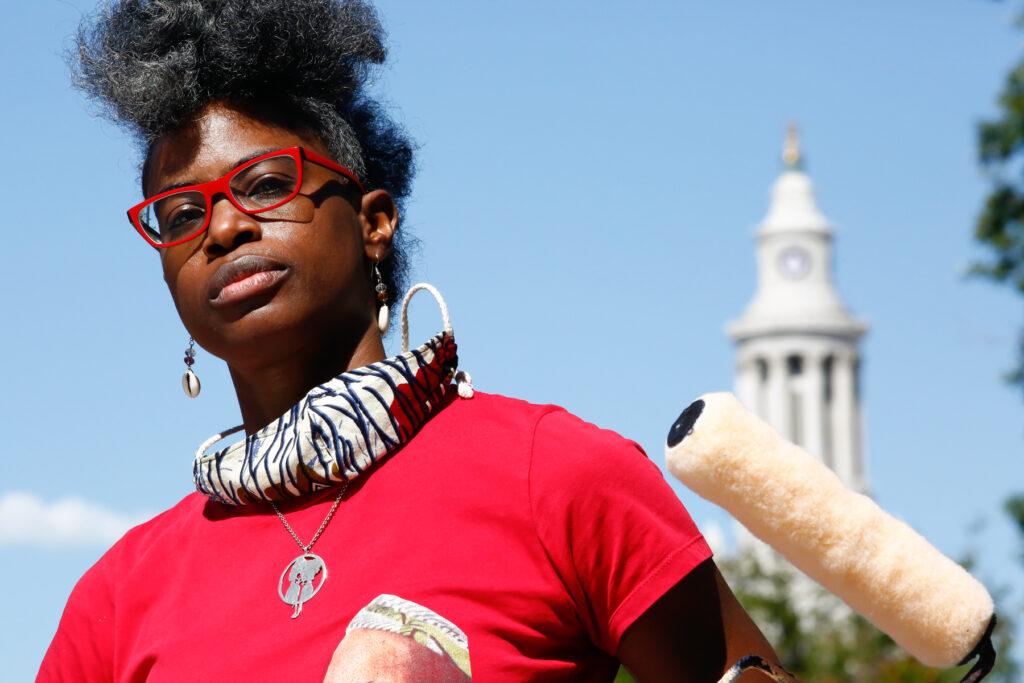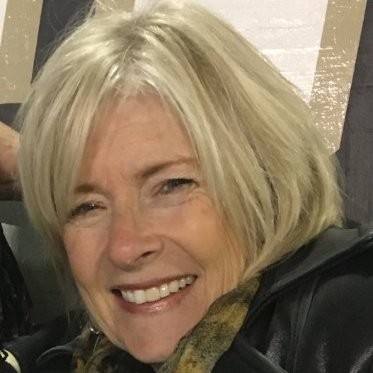
Even before this summer’s unrest, History Colorado had discussed a future project to educate people about the concept of democracy. The museum teamed up with the Smithsonian's traveling show, “American Democracy: A Great Leap of Faith” to create an exhibit that encourages safe, constructive conversation about what democracy looks like.
“We started this conversation with the Smithsonian more than three years ago,” said museum Chief Creative Officer Jason Hanson. “We looked at the calendar and we said we'd love to bring this exhibit to Denver around the next presidential election.”
Hanson said the heated political climate since the protests surrounding George Floyd’s killing has opened up an important discussion about this moment in time. “This exhibit is about how we got to now,” Hanson noted.
For the American Democracy Project, History Colorado’s 200,000 square feet features curated art shows, a speaker series and interactive exhibits. For example, in the atrium, people can cast their hands in plaster safely during the pandemic to help form a sculpture of words.

“It’s an enormous set of letters. ‘We The People’ will be stacked on top of each other reaching up well above all of our heads to the second floor,” said Hansen.
The third floor of History Colorado is an exhibit dedicated to women who changed history. Titled “Women Behaving Badly,” it highlights heroic females whose important work for women and human rights was forgotten — or intentionally buried. Denver artist Adri Norris created the space honoring heroines from all walks of life, including Shirley Chisholm, the first black woman elected to the United States Congress, tennis player Billie Jean King and St. Louis dancer Josephine Baker, who moved to Paris to escape oppression and became a spy for the French Resistance.
One of Norris’ favorite female studies is political activist Dolores Huerta, whom she described as a powerhouse.
“She helped to found the United Farm Workers Association with Cesar Chavez, but we only really know his name in association with that group,” Norris told Colorado Matters. “Unfortunately, when Chavez passed, there was a move to actively erase her from the story.”

As she researched her women’s project, she discovered a disparity between ethnicities as to how involved women were.
“There were colored women's clubs all around the country involved in the suffrage movement, but I was really only able to find one Latin American woman, one Native American woman, and one Asian American woman who were involved in the movement at the time,” she said. “The thing I came to discover was that the reason that there were so few is that their concerns were so incredibly different. Native Americans didn't have a right to citizenship until 1924. If you were Mexican, you had been made a citizen by default due to the Mexican American war. And so suffrage wasn't really a thing.”
Norris found that Chinese and Japanese women were kept from voting because of governmental exclusions which lasted, at least in the case of the Chinese Exclusion Act, until the late thirties.
“Fighting for the right to vote was not something you were interested in doing if you didn't even have citizenship,” she said.
Norris also spearheaded the Black Lives Matter street art which covered part of Broadway Avenue across from the Denver City and County Building.
This fall, History Colorado will add a high-profile guest to its Democracy exhibit: the Civil War cavalry soldier statue which was toppled in June during protests outside the state Capitol. Jason Hanson said they will display the 8-foot monument exactly as it comes to them.
“There was some damage to the sculpture, as well as some graffiti on it. We conserve the artifacts in our care, but we don't restore them,” he said. “We don't try to put them back like new because the story really is how it came to us.”
History Colorado’s exhibition, “American Democracy: A Great Leap of Faith” runs through January 30, 2021. It requires online reservations and timed ticketing because of pandemic health safety protocols.








